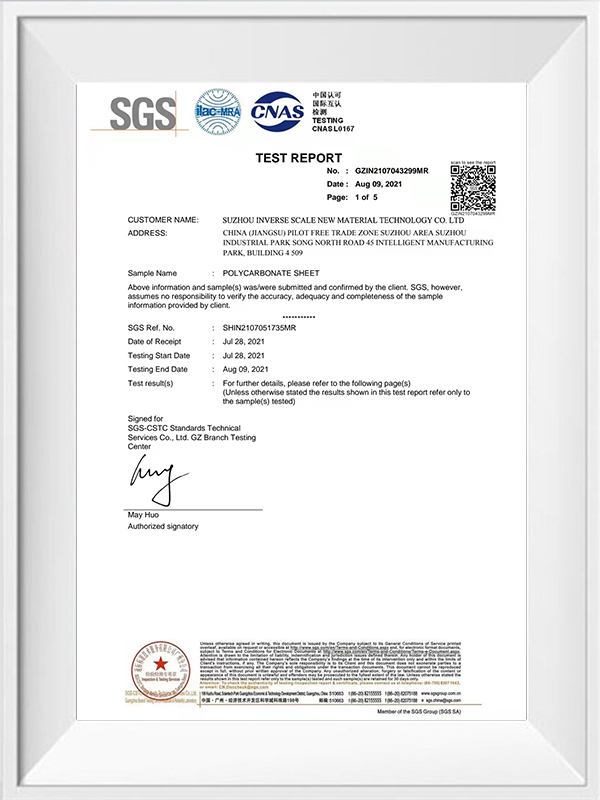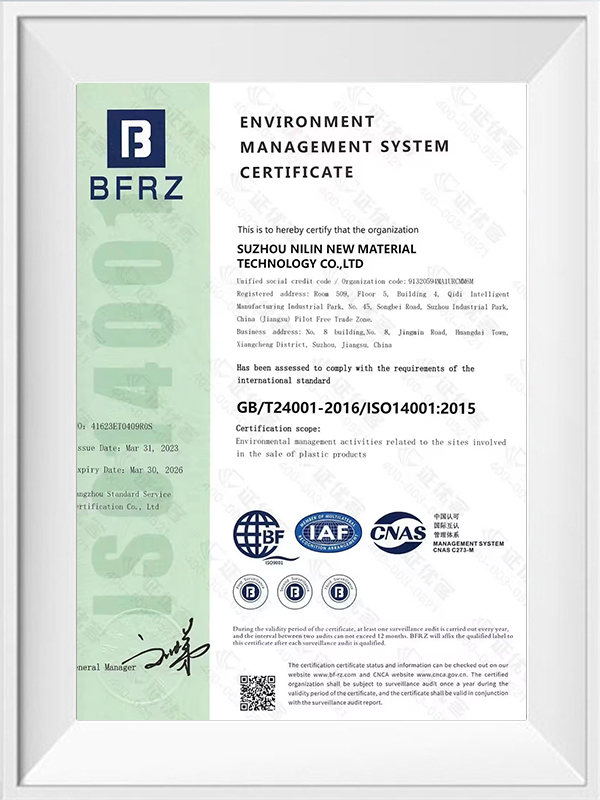Meticulous selection for top grade quality.
PRODUCTS
CONTACT
- Phone: +86-15195663876
- Email: [email protected]
- Address: No.8, Police Road, Dongqiao, Huangdai, Xiangcheng District, Suzhou, China
-

2mm Laminas De PMMA Lenticular Foam Kydex Polygranite Sheet
-
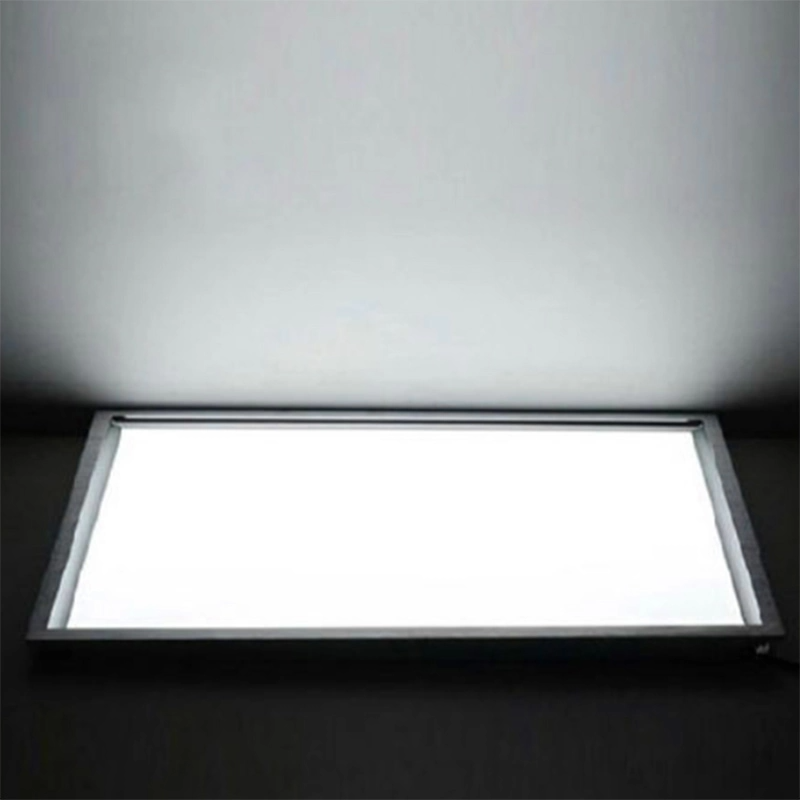
100mm Mica Thumb Flexible Clear Plastic Transparency Translucent Wavy Plastic Rubber Sheet
-

3mm Through The Roof Plastic Qablar Policarbonato Acrylic Sheet
-

10mm Thick Transparent Glass Fiber Sheet PMMA Acrylic Sheet
-
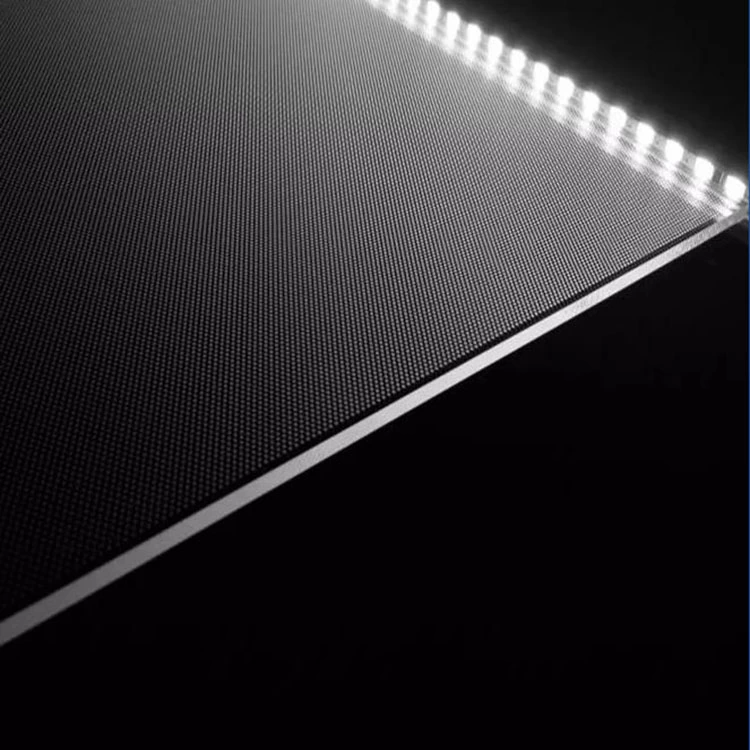
Laser Engraving Led Light Guide Panel Acrylic Sheet
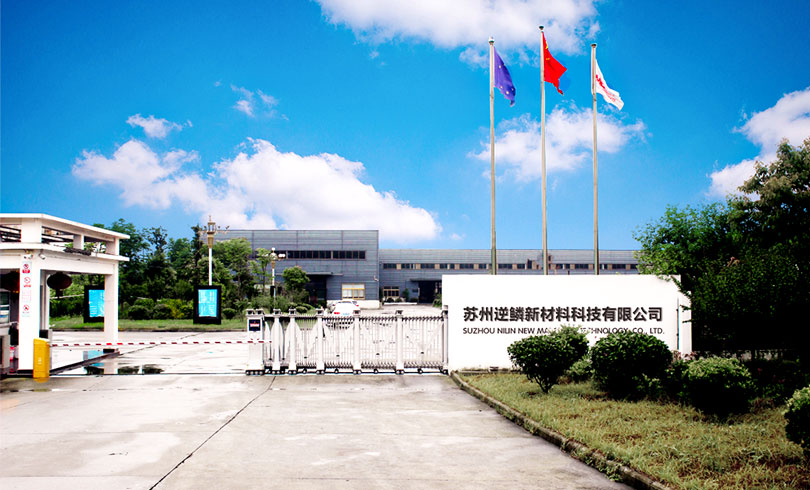
-
When specifying materials for a project involving clear plastic sheets, the choice between cast and extruded acrylic often arises. While bot...
READ MORE -
Understanding Acrylic for Outdoor Applications Acrylic sheet, also known by trade names such as Plexiglas or Perspex, is a transparent therm...
READ MORE -
PVC sheet has become a popular material in construction, interior decoration, and industrial applications due to their lightweight, durabili...
READ MORE -
In the world of plastics and transparent materials, both Acrylic Sheet and polycarbonate are popular choices for applications requiring clar...
READ MORE
What are the applications of acrylic sheets in architectural decoration?
Acrylic sheets known for their versatility, durability, and aesthetic appeal, find extensive applications in architectural decoration. Their ability to be fabricated into various shapes, combined with their optical clarity and range of available colors, makes them a popular choice for both interior and exterior architectural elements. Here are several notable applications of acrylic sheets in architectural decoration:
Acrylic sheets are commonly used as an alternative to glass in windows, skylights, and other glazing applications. They are lighter and more impact-resistant than glass, making them safer and easier to handle. Acrylic's excellent light transmission properties (up to 92%) ensure clear visibility and bright interiors, while UV-resistant variants help protect against harmful ultraviolet rays.
In modern interior design, acrylic sheets are often used to create stylish and functional wall partitions and room dividers. Their translucency can provide privacy while allowing light to pass through, contributing to an open and airy atmosphere. Frosted, colored, or patterned acrylic sheets can add a decorative touch to office spaces, homes, and public buildings.
Acrylic sheets are widely used in signage and display applications due to their ability to be easily cut, engraved, and illuminated. They can be used for indoor and outdoor signs, including backlit signs, directory boards, and store displays. The material’s smooth surface ensures high-quality printing and vibrant colors, making it ideal for branding and promotional purposes.
Architectural decoration often incorporates acrylic sheets in furniture design, such as tables, chairs, shelves, and countertops. Acrylic's modern and sleek appearance adds a contemporary feel to interior spaces. Additionally, its durability and ease of maintenance make it a practical choice for high-traffic areas.
Acrylic sheets are used in various lighting applications, including lamp covers, light diffusers, and decorative lighting panels. Their ability to diffuse light evenly makes them ideal for creating soft and ambient lighting effects. Acrylic’s flexibility allows designers to create innovative and eye-catching lighting fixtures that enhance the aesthetic appeal of any space.
Acrylic sheets can be used in the construction of balustrades and railings, providing a clear and unobstructed view while ensuring safety. Their impact resistance and weather durability make them suitable for both indoor and outdoor applications, such as balconies, staircases, and terraces.
Artists and designers often use acrylic sheets to create art installations and decorative wall panels. The material's ability to be shaped, colored, and illuminated offers endless possibilities for creative expression. Acrylic panels can feature intricate designs, be backlit for dramatic effect, or used as a canvas for paintings and prints.
In bathroom design, acrylic sheets are a popular choice for shower enclosures, bath panels, and vanity tops. They are waterproof, easy to clean, and available in a variety of finishes, including clear, frosted, and tinted. Acrylic's sleek appearance adds a modern touch to bathroom decor.
Acrylic sheets can be used as architectural accents in buildings, such as canopies, awnings, and façade elements. Their versatility allows architects to experiment with different shapes, colors, and lighting effects to create unique and visually appealing designs.
For exterior applications, acrylic sheets can be used as cladding materials to enhance the aesthetic appeal and energy efficiency of buildings. UV-stable acrylic sheets provide long-lasting performance without yellowing or degradation, making them suitable for various climatic conditions.
Acrylic sheets offer a combination of aesthetic appeal, durability, and flexibility that makes them an ideal material for a wide range of architectural decoration applications. Whether used for glazing, partitions, signage, lighting, or artistic installations, acrylic sheets enhance the functionality and visual appeal of architectural projects. Their ability to be customized in terms of shape, color, and texture further expands their utility in creating unique and inspiring architectural environments.
How do temperature and humidity affect the transparency of acrylic sheets?
Temperature and humidity can significantly impact the transparency and overall performance of acrylic sheets. Understanding these effects is crucial for ensuring the material maintains its desirable properties in various environmental conditions.
Effects of Temperature on Acrylic Sheets
Thermal Expansion and Contraction:
Impact: Acrylic sheets expand and contract with temperature changes. This thermal movement can lead to physical stress within the material, potentially causing warping or deformation.
Transparency: While thermal expansion itself doesn't directly affect transparency, any resulting physical deformations can distort light passing through the sheet, thereby affecting its optical clarity.
Softening and Melting:
Impact: Acrylic softens at temperatures around 100°C (212°F) and melts around 160°C (320°F). Prolonged exposure to high temperatures can cause the material to soften, lose its shape, or even start to melt.
Transparency: High temperatures can lead to microcracks or surface roughness as the material undergoes stress, impacting its transparency by scattering light and creating a cloudy or hazy appearance.
Heat Aging:
Impact: Over time, exposure to elevated temperatures can cause heat aging, leading to changes in the chemical structure of the acrylic.
Transparency: This can result in yellowing or a decrease in clarity, reducing the material's transparency and aesthetic appeal.
Effects of Humidity on Acrylic Sheets
Moisture Absorption:
Impact: Acrylic sheets can absorb moisture from the environment, particularly in high-humidity conditions. Although acrylic has a low moisture absorption rate compared to other plastics, it can still swell slightly with significant exposure.
Transparency: Moisture absorption can lead to internal stress and minor surface imperfections, potentially causing light scattering and a slight reduction in transparency.
Impact: In environments with fluctuating temperatures and high humidity, condensation can form on the surface of acrylic sheets.
Transparency: Condensation can create a temporary foggy or cloudy appearance, impairing visibility through the sheet. However, this effect is usually reversible once the condensation evaporates.
Biological Growth:
Impact: In consistently humid environments, there is a risk of biological growth such as mold or algae on the surface of acrylic sheets, especially if they are used outdoors or in damp, shaded areas.
Transparency: Biological growth can obscure the surface and reduce transparency. Regular cleaning and maintenance are necessary to preserve clarity.


